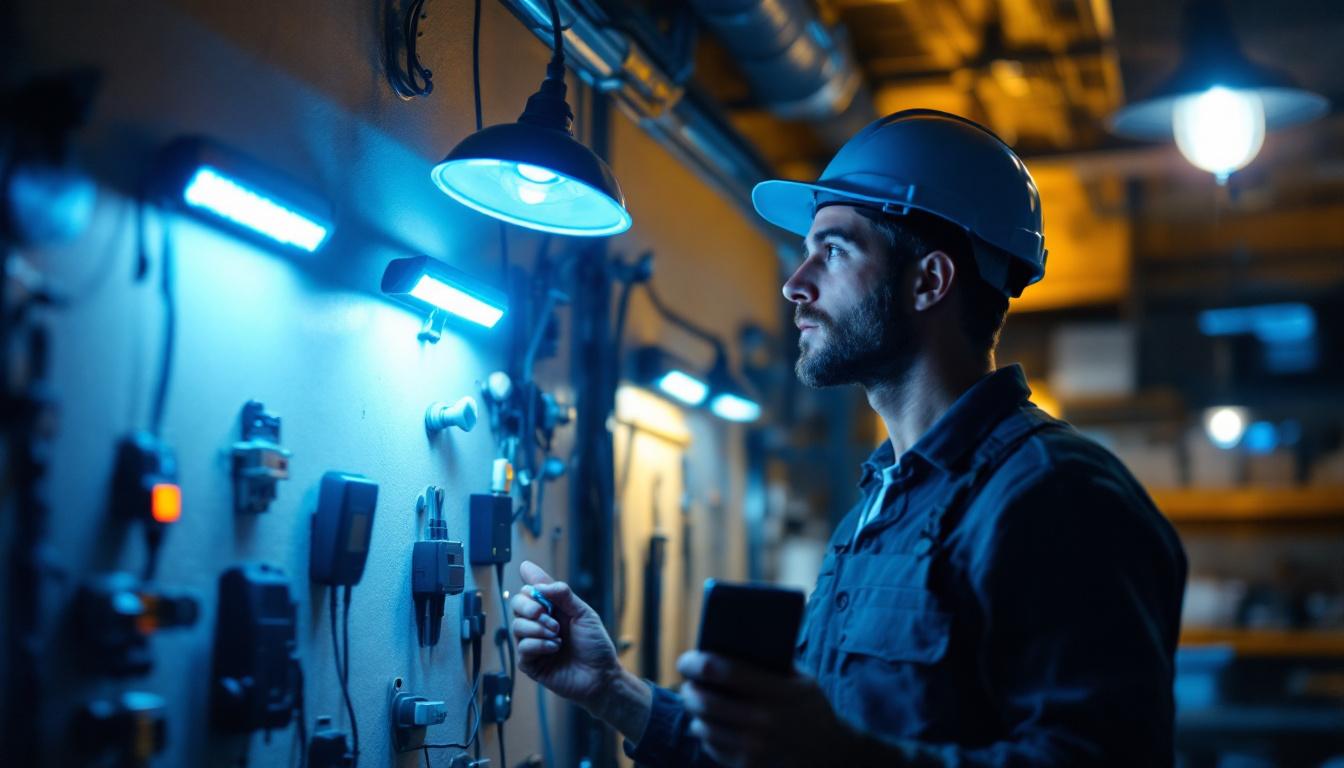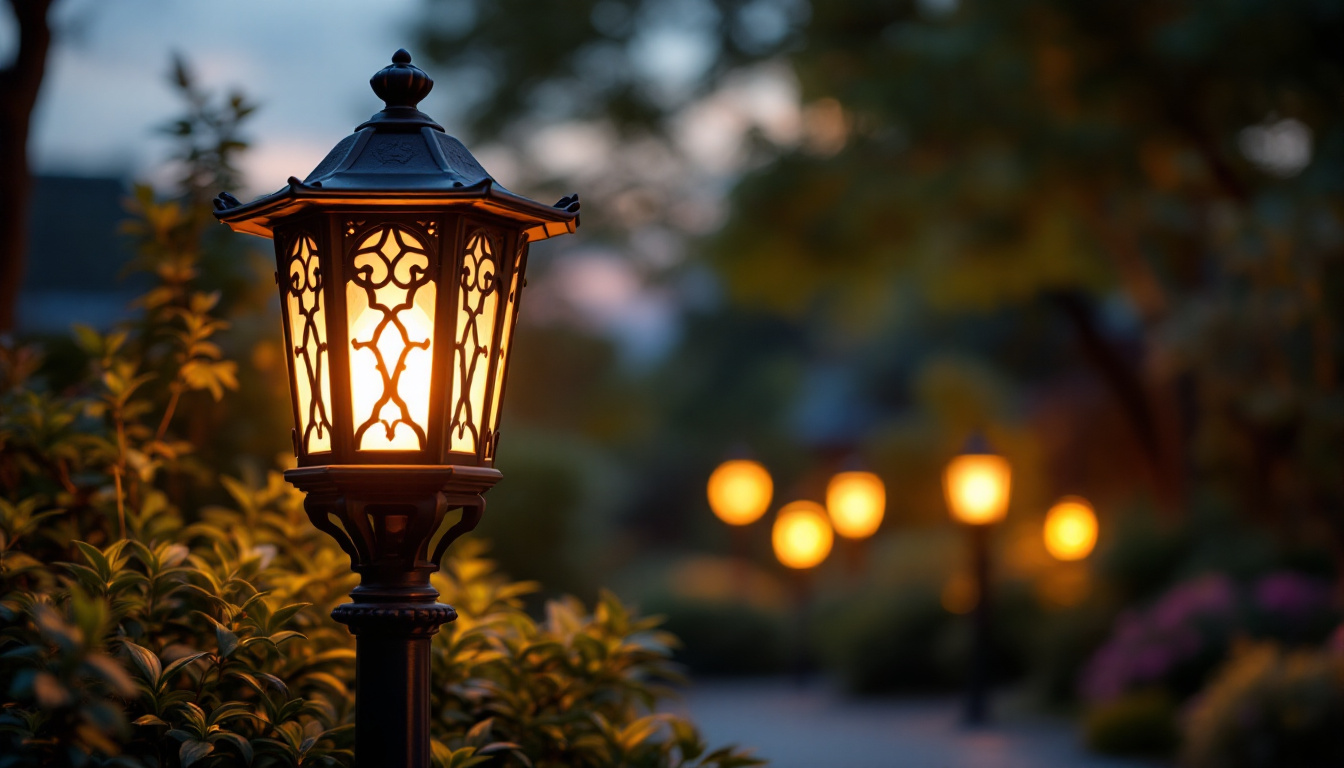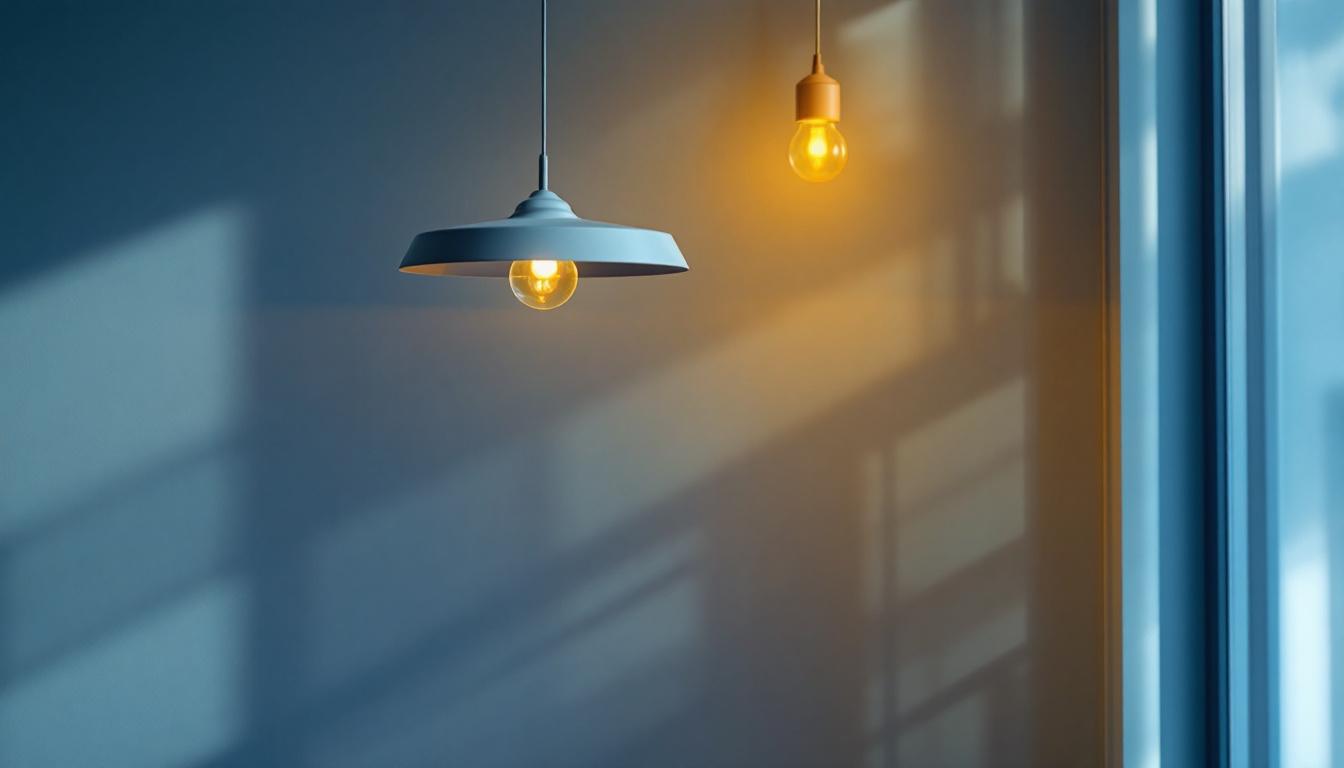
In the world of outdoor lighting, yard lamps play an essential role in enhancing both the aesthetics and functionality of outdoor spaces. For lighting contractors, understanding the nuances of yard lamp installation and maintenance can set them apart in a competitive market. This article explores key tips and strategies that can help lighting contractors master the art of yard lamp installation, ensuring client satisfaction and long-lasting results.
Before diving into installation techniques and maintenance tips, it’s crucial to grasp the fundamental aspects of yard lamps. These fixtures come in various styles, materials, and functionalities, making them suitable for different outdoor environments. With the right choice, yard lamps can transform not only the safety of a space but also its overall aesthetic, creating a warm and inviting atmosphere for both residents and guests.
Yard lamps can be classified into several categories, each serving distinct purposes. Pathway lights, for instance, illuminate walkways and driveways, ensuring safety and visibility at night. post lamps, on the other hand, are often used to enhance the entrance of a property, providing both light and decorative appeal. Additionally, wall-mounted fixtures can be strategically placed near doors or garages, offering convenience and security while blending seamlessly with the home’s exterior.
Moreover, solar-powered yard lamps have gained popularity due to their eco-friendliness and ease of installation. These lamps harness sunlight during the day and automatically illuminate at dusk, making them a cost-effective choice for homeowners looking to reduce their energy consumption. Understanding the types of yard lamps available will enable contractors to recommend the best options tailored to their clients’ needs, ensuring that functionality and style are both prioritized in the design process.
The materials used in yard lamps significantly impact their durability and aesthetic appeal. Common materials include metal, plastic, and glass. Metal lamps, such as those made from aluminum or stainless steel, offer strength and longevity, while plastic options are often lighter and more affordable. Glass fixtures, while more fragile, can provide a classic look and are often used in high-end designs to enhance the beauty of the light source.
Design is another critical factor. Contractors should consider the architectural style of the property when selecting yard lamps. A contemporary home may benefit from sleek, minimalist designs, whereas a traditional property might be better suited for ornate fixtures. Furthermore, color and finish play a vital role in how well the lamps integrate with the surrounding landscape. For instance, dark finishes can create a striking contrast against lighter surfaces, while lighter colors can help lamps blend into a garden setting, allowing the natural beauty of the plants to take center stage. By thoughtfully considering both material and design, homeowners can achieve a cohesive look that enhances their outdoor spaces.
Proper installation is key to maximizing the performance and lifespan of yard lamps. Lighting contractors must be well-versed in various installation techniques to ensure that each lamp functions correctly and enhances the overall landscape.
Before beginning the installation process, it’s essential to plan the layout meticulously. This involves determining the optimal placement of each lamp to achieve balanced illumination. Consider factors such as the height of the fixtures, the distance between them, and the desired light intensity.
Using a combination of different types of yard lamps can create a layered lighting effect, which enhances both safety and aesthetics. For example, using pathway lights alongside accent lamps can guide visitors while highlighting specific landscape features. Additionally, incorporating uplighting can add drama to trees and architectural elements, creating a warm and inviting atmosphere during the evening hours. It’s also important to consider seasonal changes; for instance, deciduous trees may cast shadows in summer that could affect light distribution, so planning for these variations can ensure consistent illumination year-round.
When installing yard lamps, contractors must adhere to local electrical codes and regulations. This includes ensuring that all wiring is properly insulated and protected from the elements. For installations that require hardwiring, it’s advisable to consult with a licensed electrician.
For solar-powered lamps, ensure that the solar panels receive adequate sunlight throughout the day. This may involve trimming nearby foliage or selecting locations that are free from obstructions. Proper placement of solar lamps can significantly enhance their performance and longevity. Furthermore, it’s beneficial to educate homeowners on the importance of regular maintenance, such as cleaning the solar panels to remove dirt and debris, which can impede their efficiency. Additionally, discussing battery replacement schedules and the potential need for seasonal adjustments can help homeowners get the most out of their solar lighting systems, ensuring that their gardens remain beautifully illuminated even during the darkest months of the year.
Once yard lamps are installed, ongoing maintenance is crucial to ensure they continue to function effectively. Regular upkeep not only prolongs the life of the fixtures but also keeps outdoor spaces looking their best.
Regular cleaning is essential for maintaining the appearance and functionality of yard lamps. Dust, dirt, and debris can accumulate on the fixtures, diminishing their light output. Using a soft cloth and mild soap solution can effectively remove grime without damaging the materials.
Additionally, periodic inspections should be conducted to check for any signs of wear or damage. This includes examining the wiring, fixtures, and bulbs. Identifying and addressing issues early can prevent more significant problems down the line.
Replacing bulbs is a routine part of yard lamp maintenance. Contractors should educate clients on the importance of using the correct bulb type and wattage to ensure optimal performance. LED bulbs, for instance, are energy-efficient and have a longer lifespan compared to traditional incandescent bulbs.
Moreover, recommending upgrades to smart lighting systems can enhance the functionality of yard lamps. Smart technology allows for remote control and scheduling, providing convenience and energy savings for homeowners.
Yard lamps are not just functional; they also contribute significantly to the overall aesthetic of outdoor spaces. Lighting contractors can leverage design principles to create visually appealing environments that complement the architecture of the property.
Strategically placed yard lamps can create focal points in a landscape, drawing attention to specific features such as trees, sculptures, or water features. By illuminating these elements, contractors can enhance the visual interest of the outdoor space.
Using different lighting techniques, such as uplighting or downlighting, can further enhance the ambiance. Uplighting can create dramatic effects by casting shadows and highlighting textures, while downlighting provides a more even and subtle illumination.
As seasons change, so do the lighting needs of outdoor spaces. During the winter months, for instance, homeowners may want to highlight holiday decorations with additional lighting. Contractors should be prepared to offer seasonal adjustments and temporary installations to meet these needs.
In the summer, outdoor gatherings become more frequent, and homeowners may desire brighter lighting for entertaining. Being adaptable and responsive to seasonal changes can enhance client satisfaction and foster long-term relationships.
Safety is paramount when it comes to yard lamp installation and maintenance. Lighting contractors must prioritize safety protocols to protect both themselves and their clients.
Proper grounding of electrical installations is essential to prevent electrical shocks and fires. Contractors should ensure that all wiring is correctly grounded and that fixtures are weatherproofed to withstand the elements.
Using outdoor-rated fixtures and components is crucial. These products are designed to resist moisture and corrosion, ensuring longevity and safety in outdoor environments.
Educating clients about safety practices is equally important. This includes advising them on the importance of keeping pathways clear of obstructions and ensuring that outdoor lighting is functioning correctly. Providing clients with maintenance tips can empower them to take an active role in the upkeep of their yard lamps.
Additionally, contractors should inform clients about the potential hazards of using extension cords outdoors. Encouraging the use of permanent fixtures instead of temporary solutions can enhance safety and reliability.
The integration of technology in yard lighting has transformed the way contractors approach installations. Smart lighting systems offer numerous benefits, from energy efficiency to enhanced control.
Smart yard lamps can be controlled remotely via smartphone apps, allowing homeowners to adjust brightness levels and set schedules. This level of control not only enhances convenience but also promotes energy savings.
Moreover, smart lighting systems can be integrated with home automation systems, allowing for seamless operation alongside other smart devices. This integration can enhance the overall functionality of outdoor spaces, making them more appealing to homeowners.
As sustainability becomes increasingly important, lighting contractors should emphasize energy-efficient solutions. LED technology, for example, consumes significantly less energy compared to traditional bulbs, making it an attractive option for environmentally conscious clients.
Contractors can also explore solar-powered yard lamps, which harness renewable energy and reduce electricity costs. By promoting sustainable options, contractors can appeal to a broader client base while contributing to environmental conservation.
Mastering the art of yard lamp installation and maintenance requires a blend of technical knowledge, design sensibility, and a commitment to safety. By understanding the various types of yard lamps, employing effective installation techniques, and prioritizing ongoing maintenance, lighting contractors can deliver exceptional results that meet their clients’ needs.
Furthermore, leveraging technology and emphasizing energy efficiency can set contractors apart in a competitive market. As outdoor spaces continue to evolve, staying informed about industry trends and advancements will be key to success. By embracing these tips and strategies, lighting contractors can illuminate their path to excellence in yard lighting.
Ready to elevate your lighting projects with the finest yard lamps on the market? At LumenWholesale, we provide lighting contractors like you with the highest quality, spec-grade lighting products at prices that can’t be beaten. Say goodbye to local distributor markups and hello to our extensive selection that meets rigorous industry standards. With free shipping on bulk orders, you can trust that you’re getting premium lighting at the best value — no hidden fees, no compromises. Don’t miss out on the perfect combination of quality, affordability, and convenience. Explore our wholesale lighting options today and light up your clients’ outdoor spaces with confidence.

Discover essential resources and expert tips for lighting contractors to master the installation and maintenance of battery-operated exit signs.

Discover why LED lighting is revolutionizing garage spaces and why every lighting contractor should prioritize it.

Discover the pivotal role of lantern posts in modern lighting installations.

Discover the fascinating science behind cool pendant lamps and how they can transform spaces.